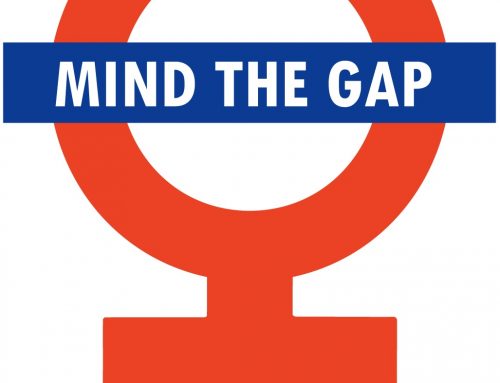 Big data can give us insights into human behavior, gender bias in the workplace included. A recent study conducted by Harvard Business Review demonstrated that bias, not behavior, was holding women back at work.
Big data can give us insights into human behavior, gender bias in the workplace included. A recent study conducted by Harvard Business Review demonstrated that bias, not behavior, was holding women back at work.
The study included 100 employees across all levels of an organization for four months. Participants wore sociometric badges which gathered data about in-person behavior. The sensor badges did not track the content of conversations but rather who talked to whom, where people communicated, and who dominated conversations.
The collected data did not support some common theories for gender inequality. Researchers could find no perceptible differences in men’s and women’s work patterns such as concentrated work and face-to-face conversations. Performance evaluations were nearly identical between both genders, even at senior levels of the organization. Both women and men had equal access to senior management and women were also central to the company’s social network, debunking, at least in part, the “old boys’ club” theory.
However, the data could not explain why fewer women were advancing within the organization. Women comprised 35-40% of entry level positions, but only 20% of the most senior-level management roles. The researchers concluded that it was not women’s behavior that prevented gender parity. It was how they were treated. Frustratingly, unconscious bias is so insidious that no amount of “leaning in” will change the status quo. While this is one small study at one organization, it is not surprising that bias is the culprit and probably accounts for a great deal of gender inequality not only in business, but in society.
This study has important implications for examining and reducing gender bias. It shows that gender inequality is not a complex issue: it comes down, simply, to bias. And while the answer is simple, the solution is far more difficult. Changing people’s minds is not an easy task and not simply achieved through grudgingly attended seminars. Further, the study showed how data can illuminate and (eventually) solve some vexing problems. Shining a light on gender bias is the first step down the path to equality.





